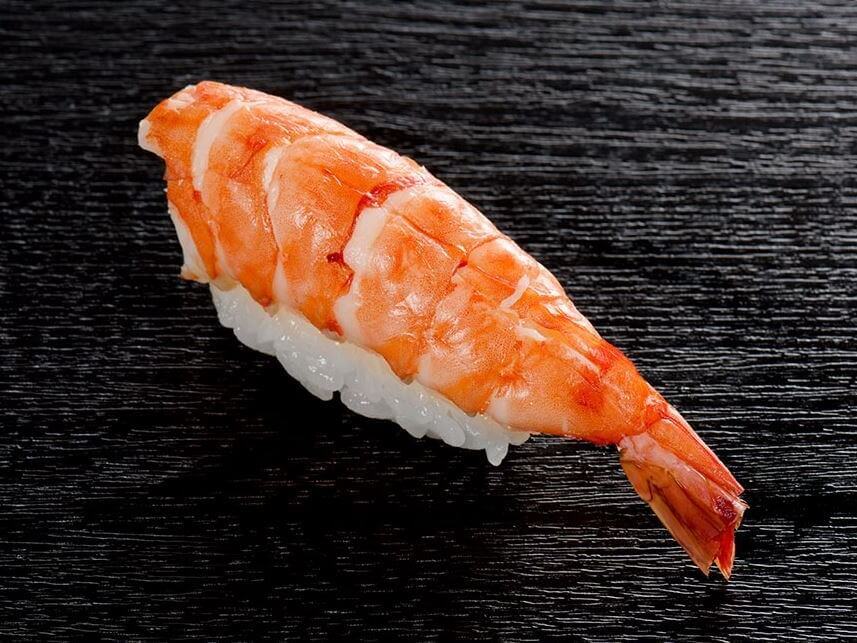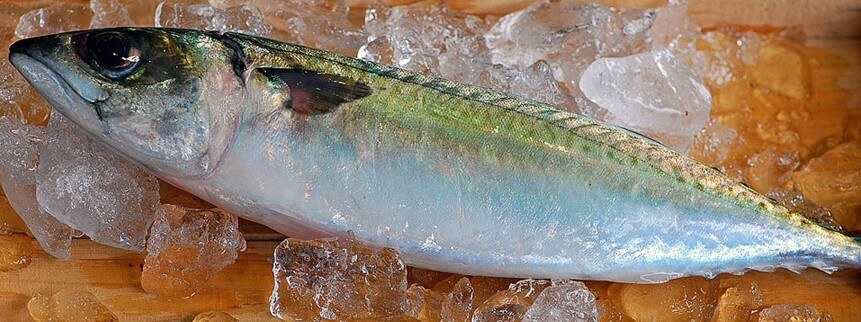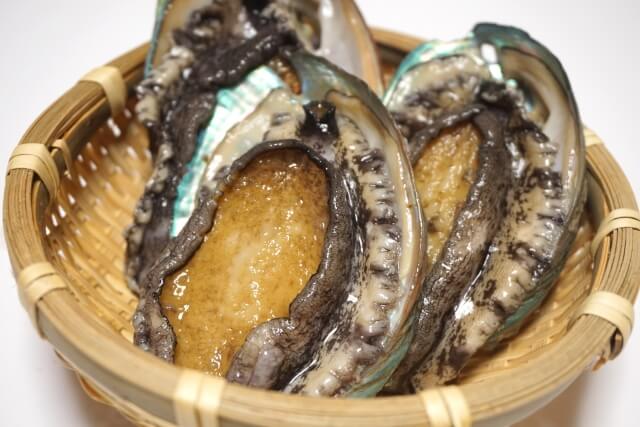
There are over 100 species of abalone in the world, but in Japan, the term awabi (abalone) generally refers to Japanese abalone (Kuro awabi), disk abalone (Megai awabi), ezo abalone (Ezo awabi), and giant abalone (Madaka awabi).
Wild abalone can be found worldwide, except for the Atlantic coast of South America, the Caribbean Sea, and the east coast of the United States. Most abalone live in the cold coastal waters of New Zealand, South Africa, Australia, the west coast of North America, and Japan. Among these, China, South Korea, and South Africa are also major aquaculture countries.
Over the past 30 years, China’s abalone aquaculture industry has grown from zero to become the world’s largest producer, with an annual production of over 200,000 tons, accounting for more than 90% of global aquaculture production. Among the world’s major aquaculture countries, China is both the largest producer and the largest consumer of abalone.
The following types of abalone are imported into Japan.
California Abalone
About seven species of large abalone live off the coasts of California and Mexico, and are consumed locally as abalone steaks. Some of these are distributed to the seafood-loving Japanese market.
Red abalone or Akane awabi (Haliotis (Nordotis) rufescens Swainson, 1822) has a reddish surface and a greenish-blue interior. It is as large as Japan’s largest species, the Giant abalone (Haliotis madaka (Habe 1977)), but has a much thicker and heavier shell. For a while, attempts were made to cultivate this species in Japan, but without success.
Pink abalone (Haliotis (Nordotis) corrugata) has a shell about the size of Disk abalone (Haliotis gigantea Gmelin 1791), but much thicker, more circular in shape, and characterized by strong corrugations. The surface of the shell is green and the radial ribs are separated by growth lines. The flesh is tough and is more valuable as a beautiful ornament than as a foodstuff. It is found in shallow waters along with the Green abalone (Haliotis (Nordotis) fulgens).
Green abalone range from point conception, California, to Bahia de Magdalena, Mexico. The oval-shaped shell protects the abalone from predators. The shell is usually brown and marked with many low, flat-topped ribs which run parallel to the 5 to 7 open respiratory pores that are elevated above the shell’s surface. The inside of the shell is an iridescent blue and green.
Black abalone (Haliotis cracherodii Leach, 1814) grows to about 12 cm in length and has a black shell. The blackish-blue shell has five to nine holes (respiratory pores) used to breathe, remove waste, and reproduce. They once numbered in the millions along the California coast, but are now endangered. Threaded abalone (Haliotis assimilis Dall, 1878.) from California is close to Japanese abalone in flavor and firmness.
Hawaiian Abalone
Ezo abalone is cultivated in the deep, cold, and pure waters of the Hawaiian Islands. It is also imported to Japan.
Australian Abalone
Roe’s abalone or Australian Tokobushi (Haliotis roei Gray 1826) was the most common abalone on the market from early on. The shell is more rounded than that of Tokobushi (Haliotis supertexta Lischke 1870), and the spiral expansion is not as rapid as in Tokobushi. The shell is also characterized by the presence of numerous deep spiral grooves on the surface.
Greenlip abalone or Usuhira awabi(Haliotis laevigata Donovan, 1808) is rarely used as boiled shellfish or steamed in sake.
Bikutoria abalone (Haliotis conicopora Peron, 1816) has recently become more noticeable due to the decrease in the catch of Kuro awabi. Many sushi restaurants dislike this species because the flesh is dark in color and soft when made into sashimi. However, it is used in many restaurants. In Japan, the abalone referred to as Australian abalone is the Blacklip abalone (Haliotis ruber Leach, 1814) and Bikutoria abalone.
Atlantic Ocean Abalone
Although large abalone is not distributed in the Atlantic Ocean as they are in Japan and California, the Mediterranean Sea is home to the Ear shell (Haliotis tuberculata Linnaeus 1758), which is a slightly larger version of Tokobushi. It is rarely imported from France and other countries.
Asian Abalone
Large species of abalone are distributed in waters where large brown algae grow. Therefore, only small species live in the tropical areas of Asia, where coral reefs are well developed. Even so, small species are used as substitutes for Tokobushi in canned foods and bento dishes, such as Glistening abalone (Haliotis glabra Gmelin 1791) from the Philippines, Sheep’s ear abalone (Haliotis ovina Gmelin 1791) from Taiwan, and Ass’s ear abalone (Haliotis asinina Linnaeus 1758) from Hong Kong. Farmed Ezo abalone or Ezo awabi imported from South Korea accounts for more than 90% of total imports.
Chilean Abalone
Chilean abalone (Concholepas concholepas (Bruguie, 1789) ) is listed as Loco-gai in the Japanese product label and as Awabi-modoki in the illustrated book. The name of this species suggests an intention to associate it with abalone, but it belongs to the family Muricidae, which is not related to abalone.
It is native to the coasts of Chile and Peru. The shell is about 8 cm long and plate-shaped. It has a lid of keratin that is not found on real abalones. In rare cases, you can see that it is dyed in a light purple color, etc., because it is a unique characteristic of the family Muricidae, which becomes purple when the secreted mucus comes into contact with air.
When it was first imported to Japan, it was labeled as “awabi” in supermarkets and restaurants, and there was some fuss about the mislabeling, but even when sliced, there is no epipodial tentacle characteristic of awabi, and the difference can be seen.
The trading price of Chilean abalone is about one-fifth that of abalone. It is a popular ingredient in conveyor-belt sushi, Chinese cuisine, etc. under the name Chile-awabi, but actually that name cannot be used.
Japanese Abalone
The five types of Japanese abalone eaten in sushi restaurants include Japanese abalone (Kuro awabi), disk abalone (Megai awabi), ezo abalone (Ezo awabi), giant abalone (Madaka awabi), and Tokobushi (Tokobushi). Japanese abalone and ezo abalone are good raw, while giant abalone and disk abalone can be enjoyed steamed.
We hope this information will be helpful.

Revision date: May 19, 2025
Share this article
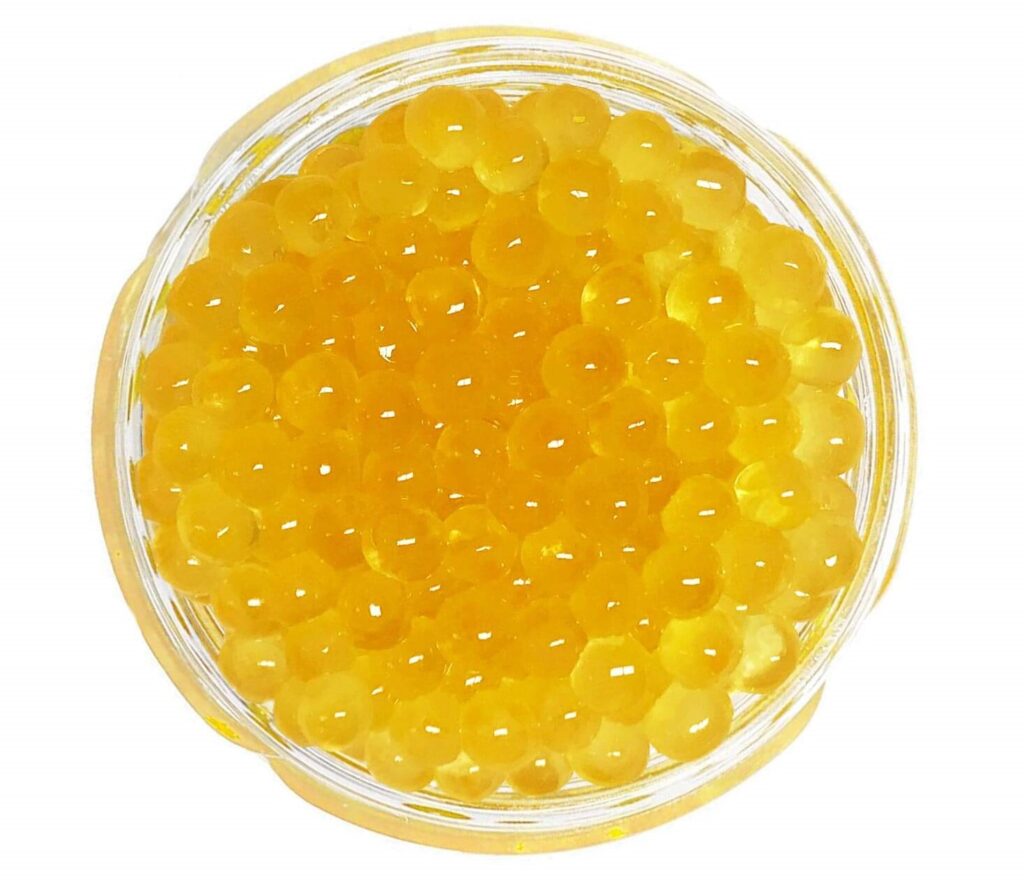
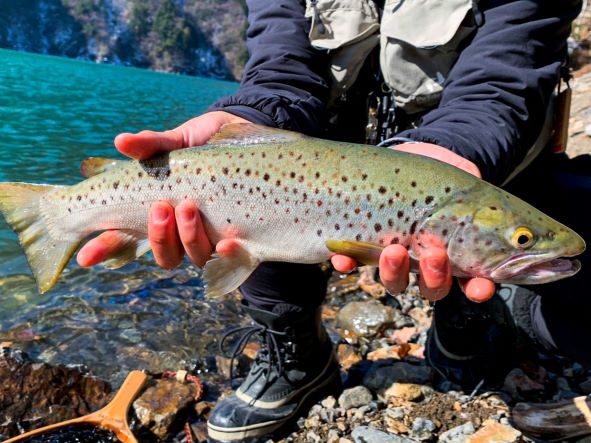
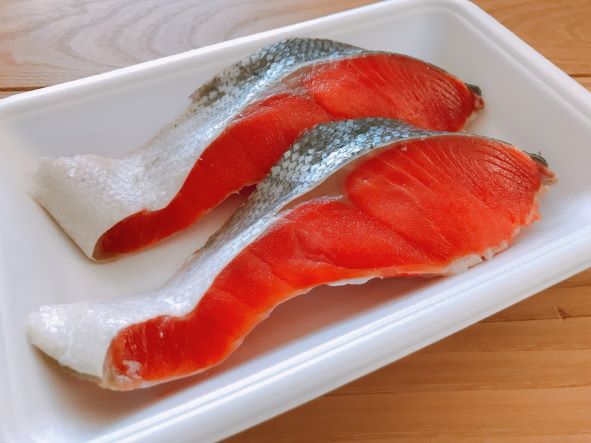
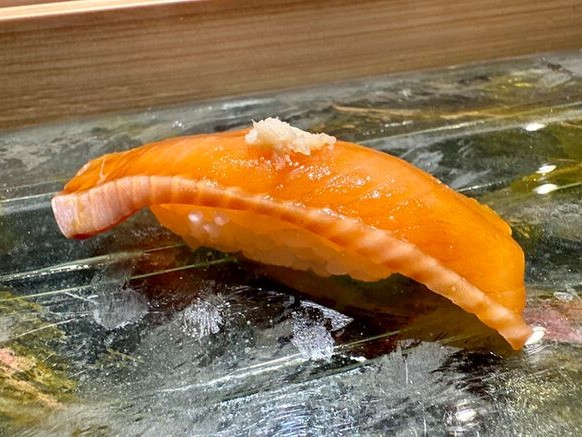
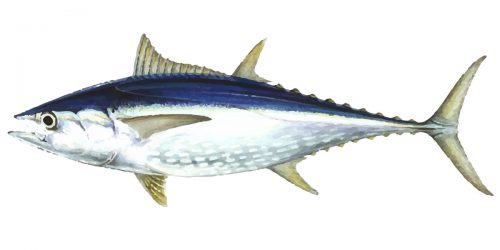
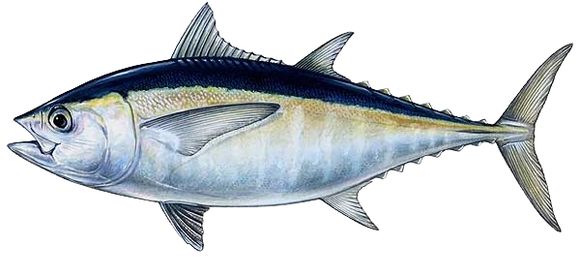


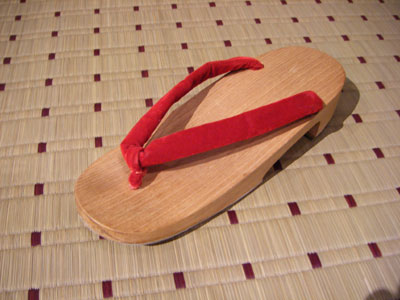
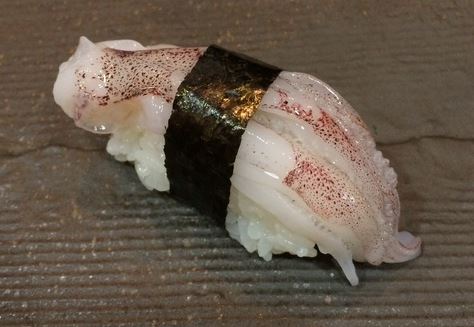
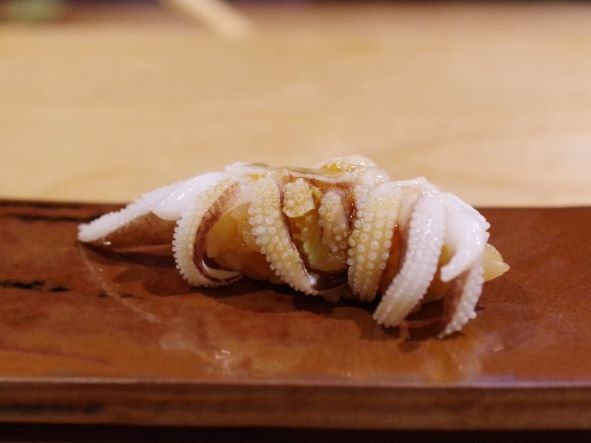
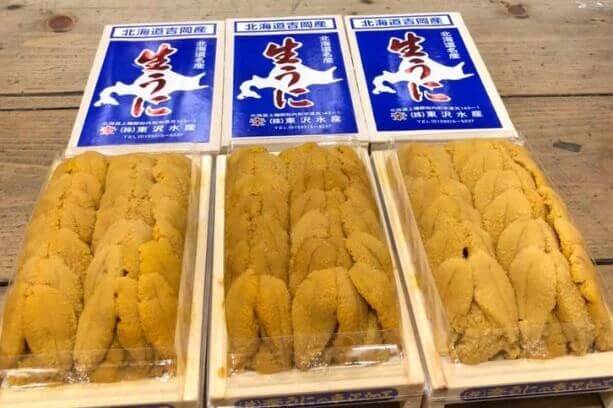
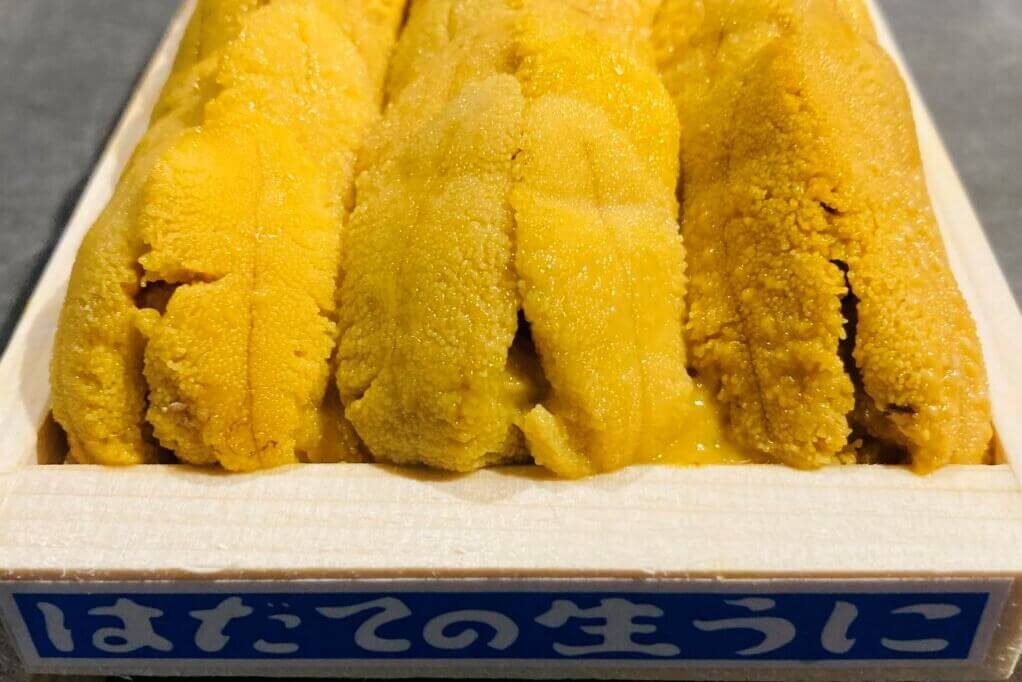
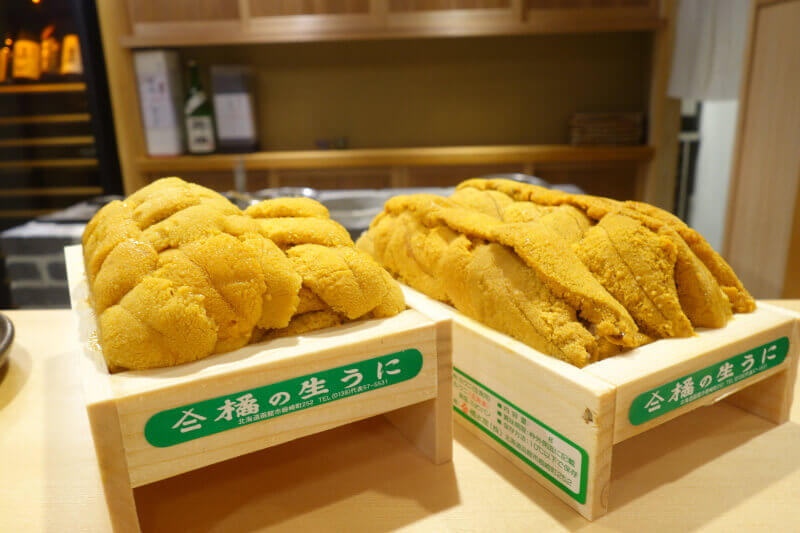
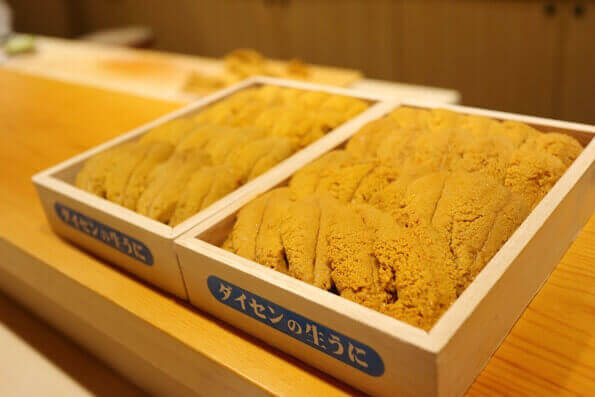
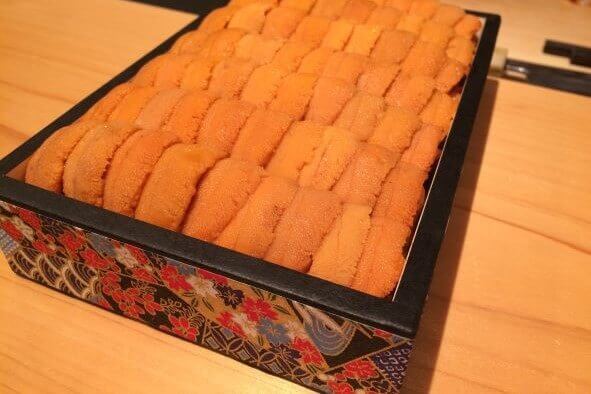
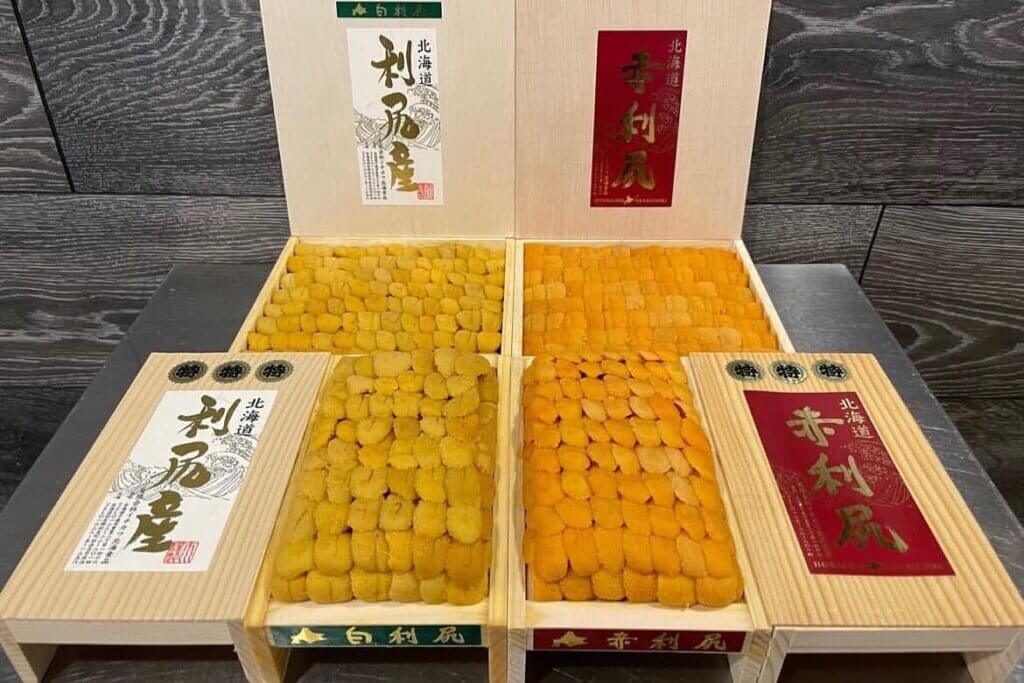
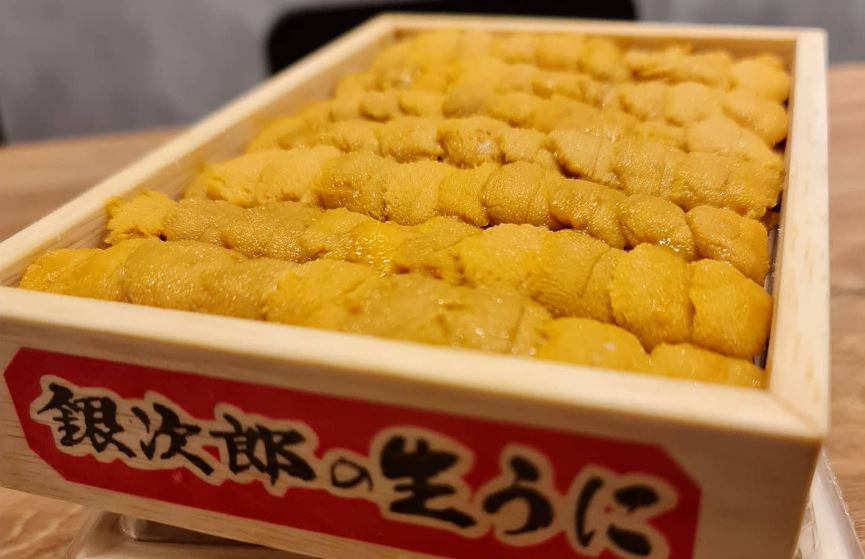
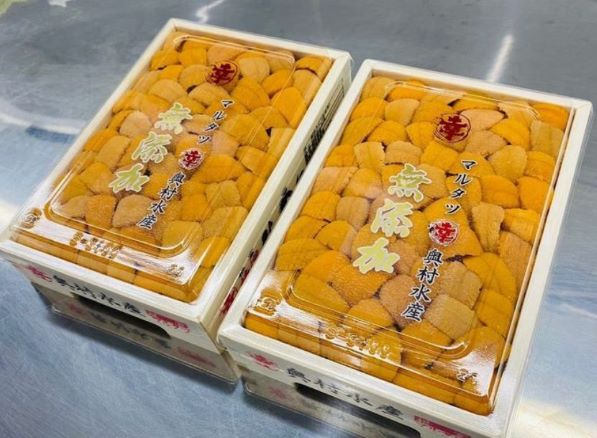
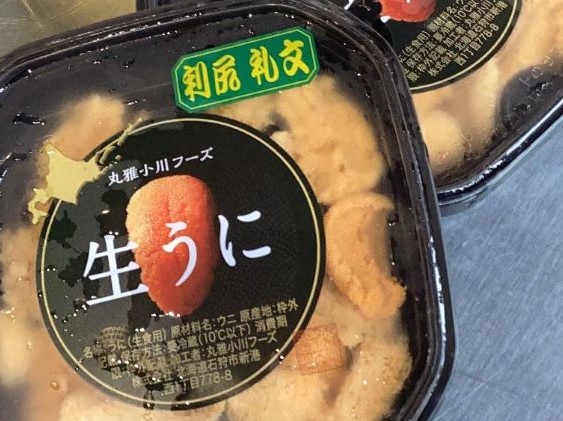
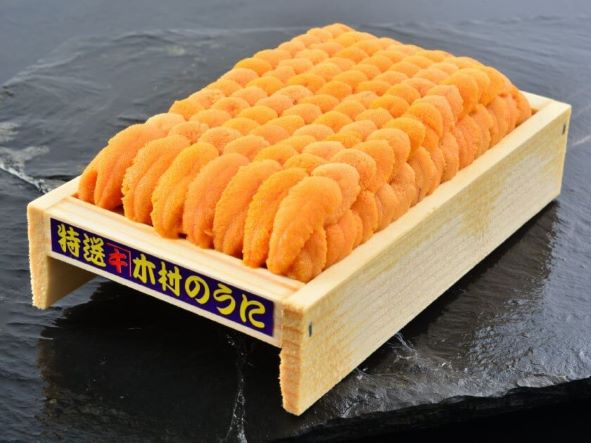

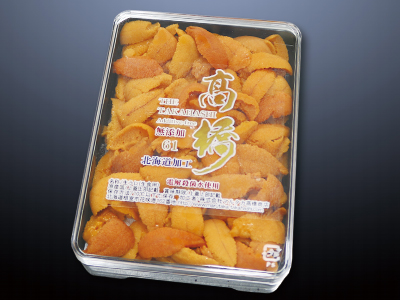
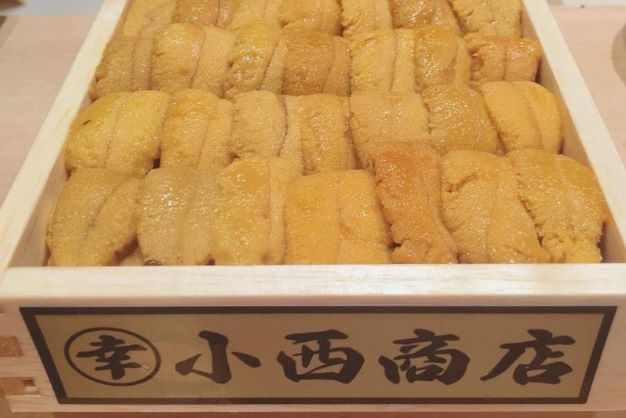
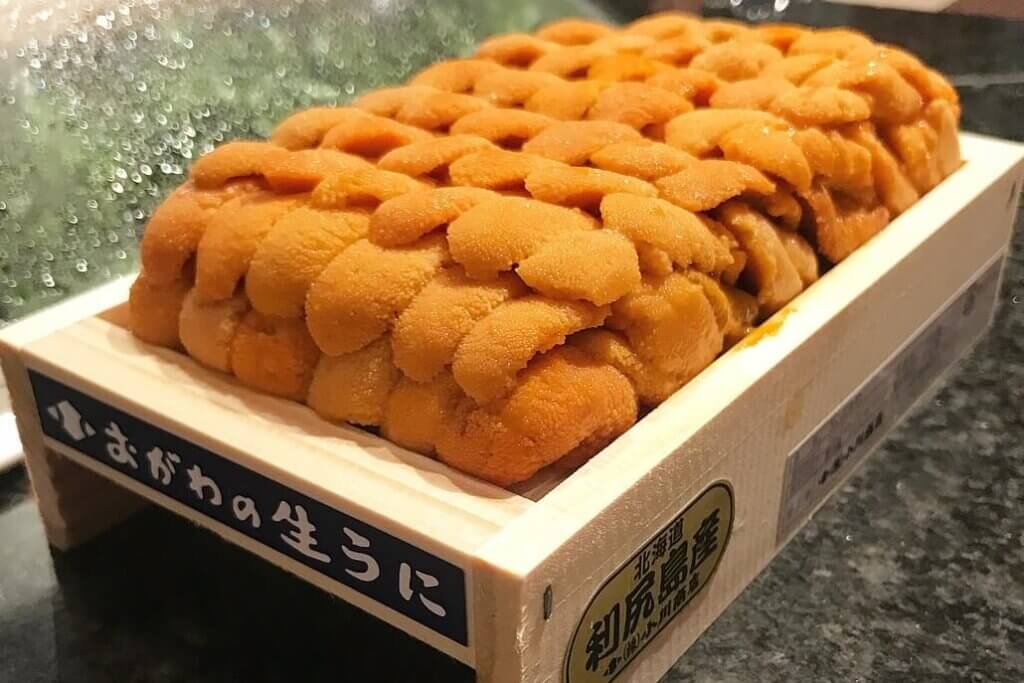
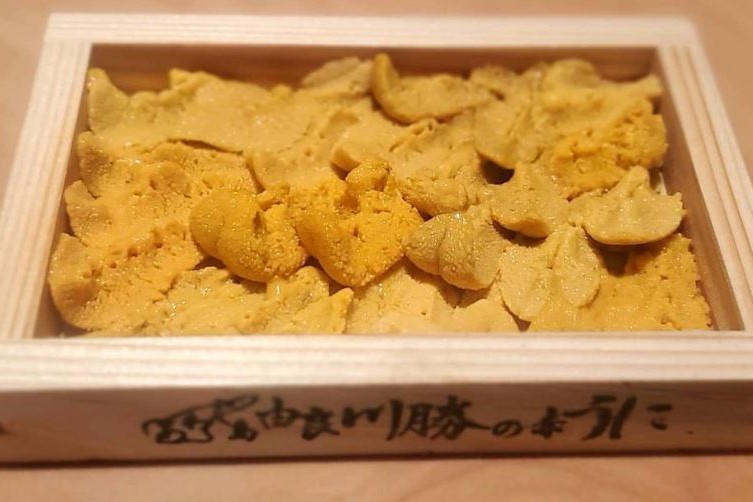
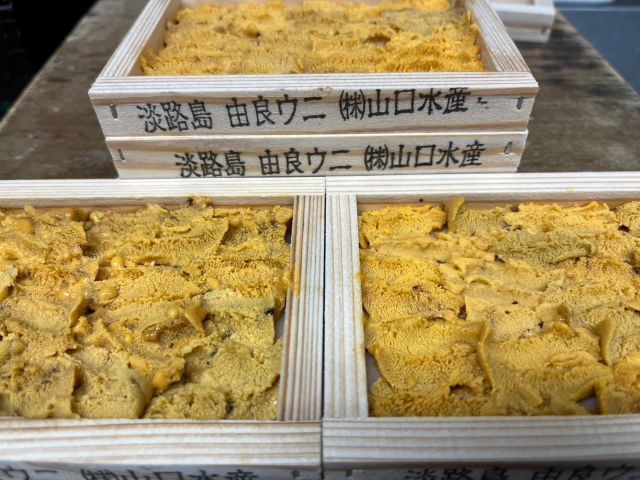
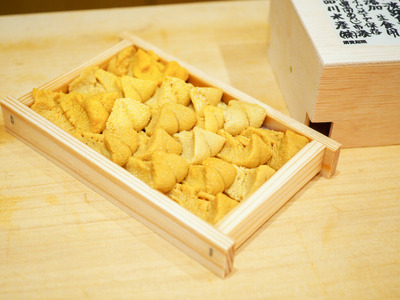
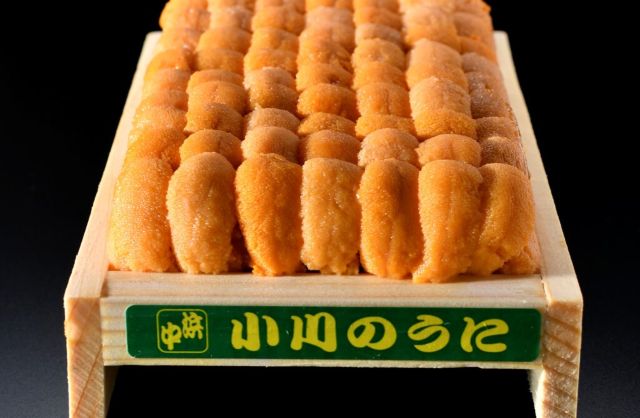
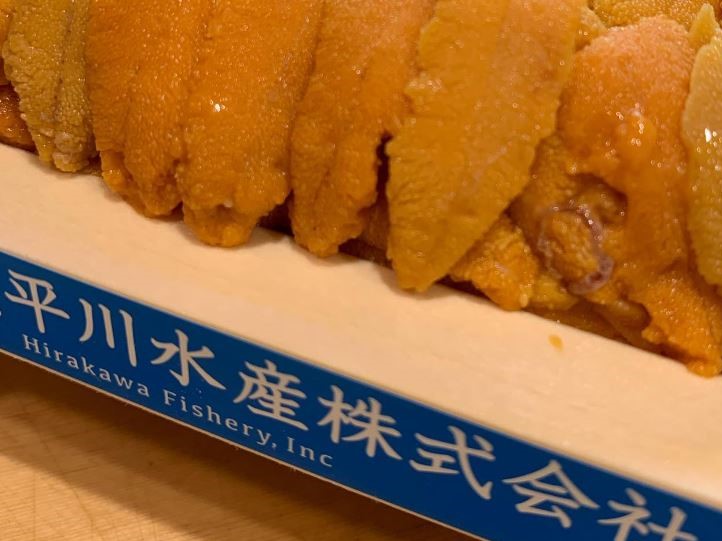
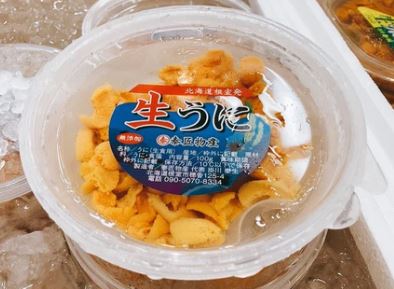
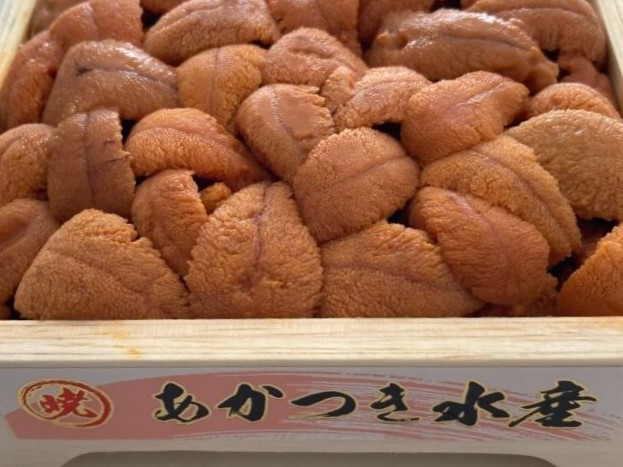
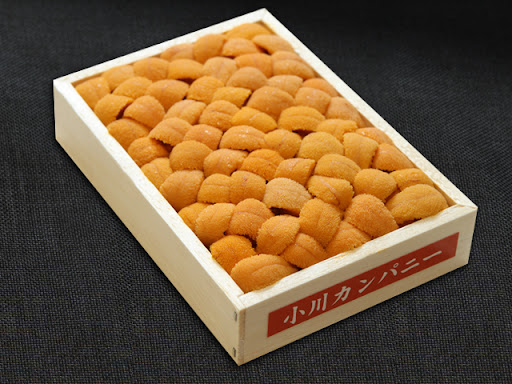
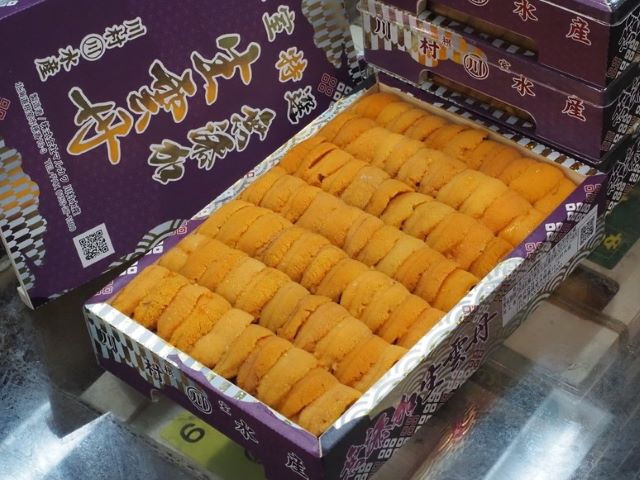
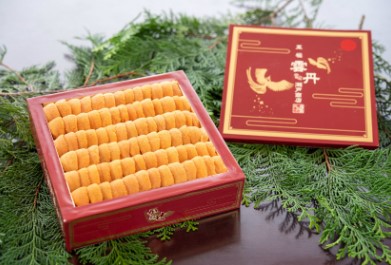
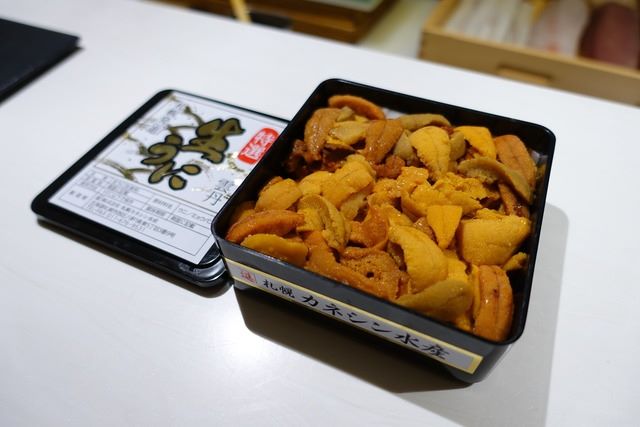
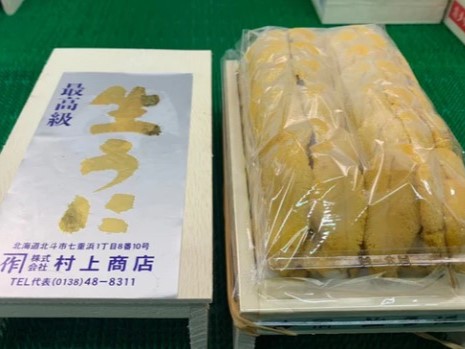
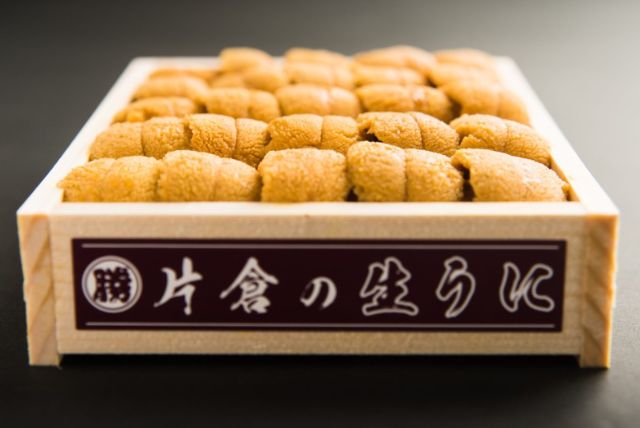
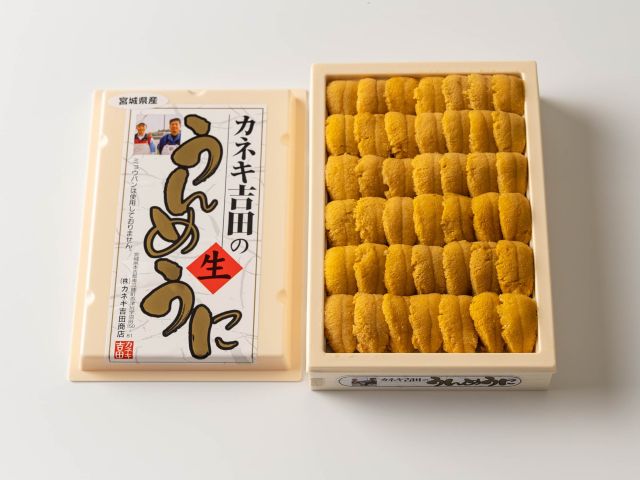
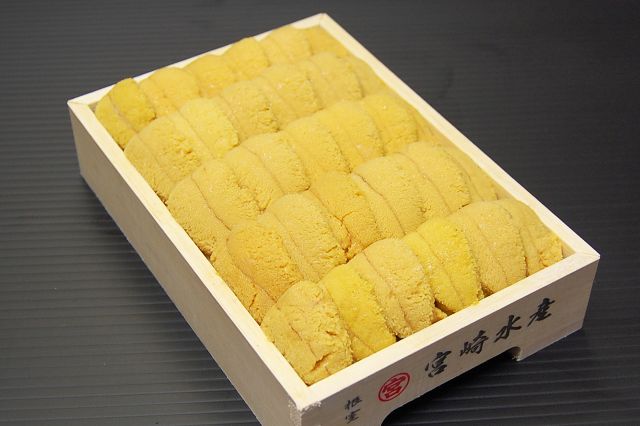
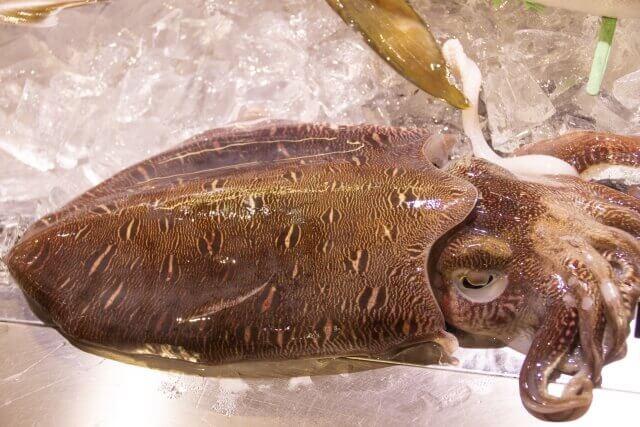 No people in the world love squid more than the Japanese. Squid ranks third in import volume behind shrimp and tuna. Squid is brought to Japan from the oceans all over the world. There are between 400 and 500 species of wild squid on Earth. Some, like the pygmy cuttlefish, are tinier than 3 millimeters while the giant squid is over 10 meters.
No people in the world love squid more than the Japanese. Squid ranks third in import volume behind shrimp and tuna. Squid is brought to Japan from the oceans all over the world. There are between 400 and 500 species of wild squid on Earth. Some, like the pygmy cuttlefish, are tinier than 3 millimeters while the giant squid is over 10 meters.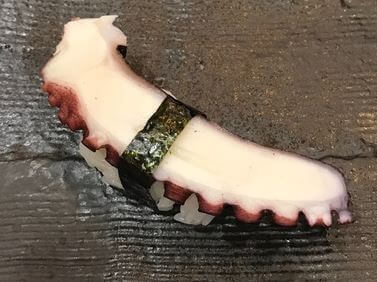 Among the many sushi toppings, Pacific bluefin tuna, and actually the Madai (Red sea bream) as well, are toppings that are difficult for an amateur to tell whether it is farmed or wild. However, there is no need to worry about that when it comes to Tako (Octopus). There are no octopus farms to be found in the world, so it is a 100% wild topping.
Among the many sushi toppings, Pacific bluefin tuna, and actually the Madai (Red sea bream) as well, are toppings that are difficult for an amateur to tell whether it is farmed or wild. However, there is no need to worry about that when it comes to Tako (Octopus). There are no octopus farms to be found in the world, so it is a 100% wild topping.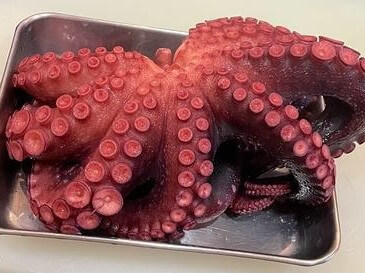 Amateurs can’t tell the difference between domestic Tako or African imports. However, there is one aspect that even an amateur can use to distinguish between the two. There is one condition for this to work, and that is that at least one of the suckers is in-tact. The suckers are scraped off for most toppings, but in cases where they are sliced by the restaurant, there are often suckers remaining. If the sucker is pure white, it is almost definitely from Africa. Meanwhile, domestic Tako suckers maintain a faint red color in the suckers, even when boiled. The reason the suckers turn white seems to be an effect of the food preservatives added during processing, but this has not been confirmed.
Amateurs can’t tell the difference between domestic Tako or African imports. However, there is one aspect that even an amateur can use to distinguish between the two. There is one condition for this to work, and that is that at least one of the suckers is in-tact. The suckers are scraped off for most toppings, but in cases where they are sliced by the restaurant, there are often suckers remaining. If the sucker is pure white, it is almost definitely from Africa. Meanwhile, domestic Tako suckers maintain a faint red color in the suckers, even when boiled. The reason the suckers turn white seems to be an effect of the food preservatives added during processing, but this has not been confirmed.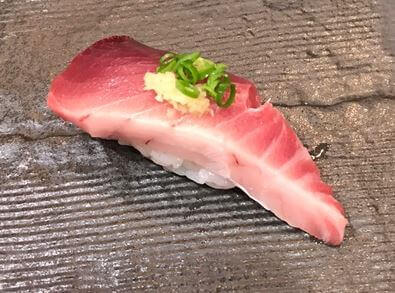 In recent years, sushi menus have seen an explosion of creative names, many of which begin with the word “Toro.” But what exactly is “Toro katsuo (Torogatsuo),” and does it truly deserve the prestigious Toro label?
In recent years, sushi menus have seen an explosion of creative names, many of which begin with the word “Toro.” But what exactly is “Toro katsuo (Torogatsuo),” and does it truly deserve the prestigious Toro label?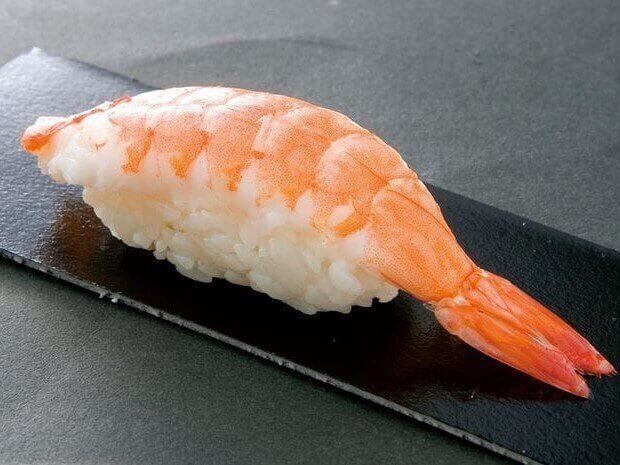 Japan leads the world in shrimp consumption by far. Most of the shrimp is imported, but it is a little known fact that shrimp is called “Meki” among importers and sushi restaurants in Japan. It is said to be a remnant from a time when much of the imported shrimp came from Mexico (pronounced “Mekishiko” in Japanese).
Japan leads the world in shrimp consumption by far. Most of the shrimp is imported, but it is a little known fact that shrimp is called “Meki” among importers and sushi restaurants in Japan. It is said to be a remnant from a time when much of the imported shrimp came from Mexico (pronounced “Mekishiko” in Japanese).